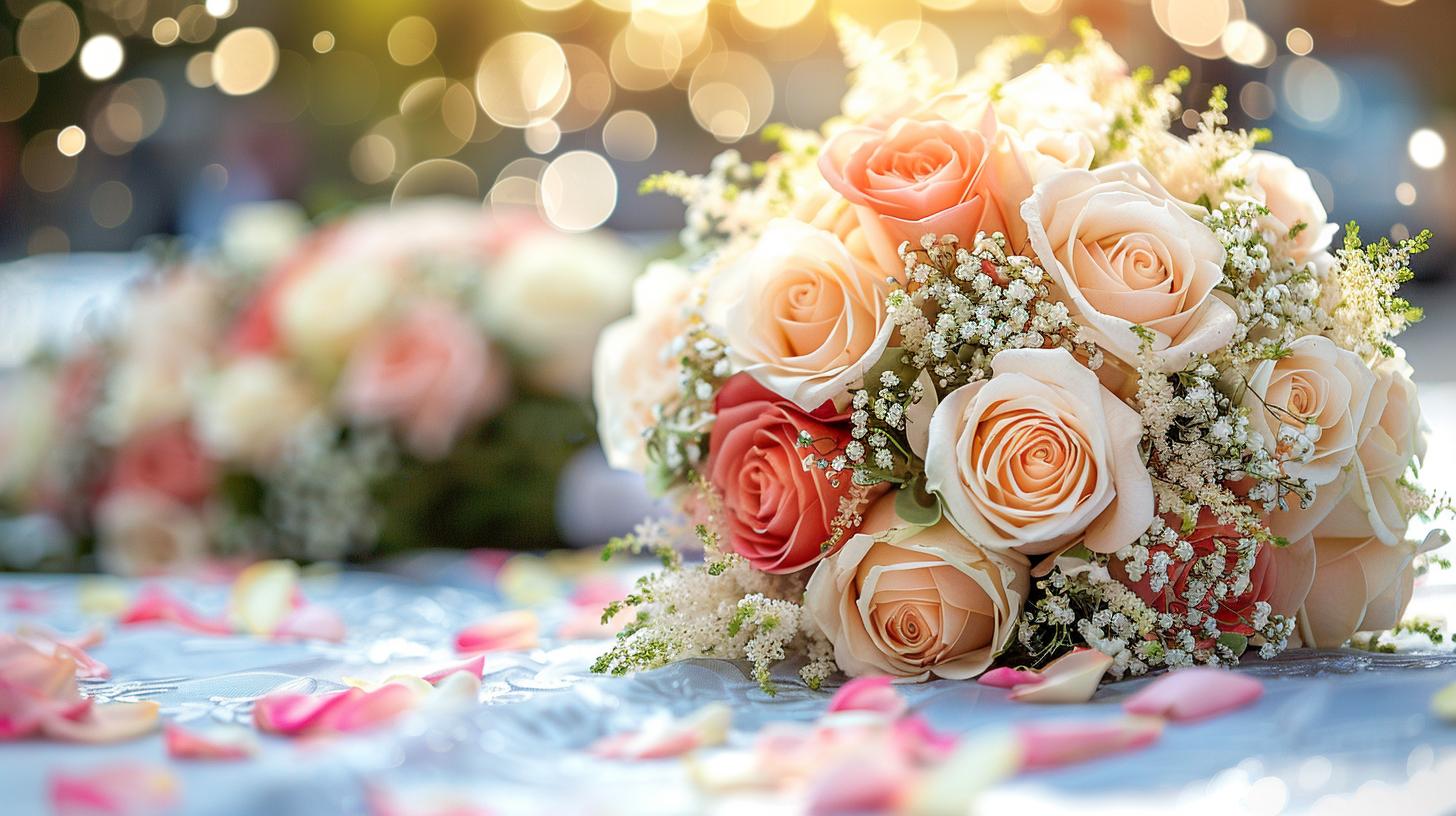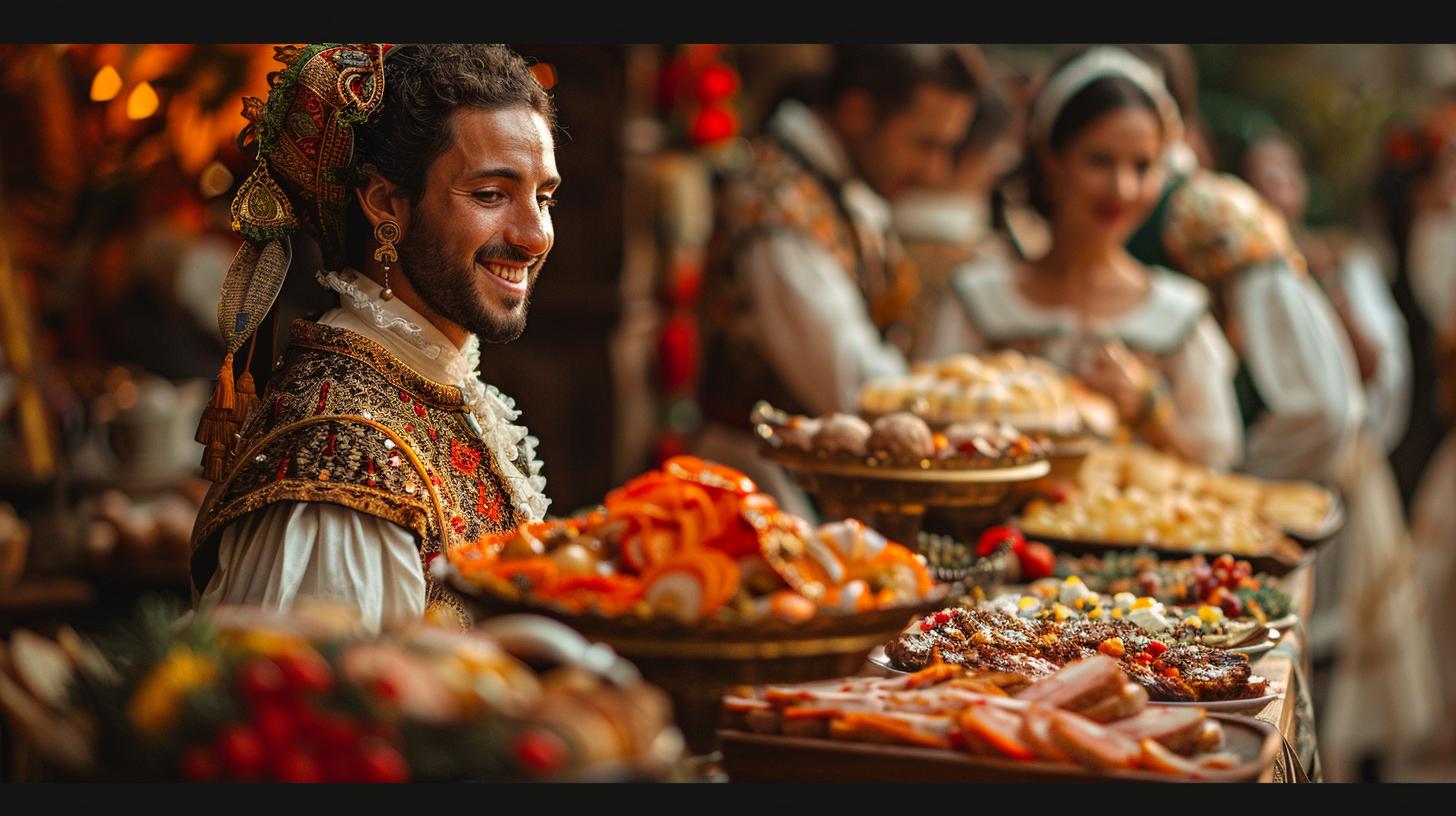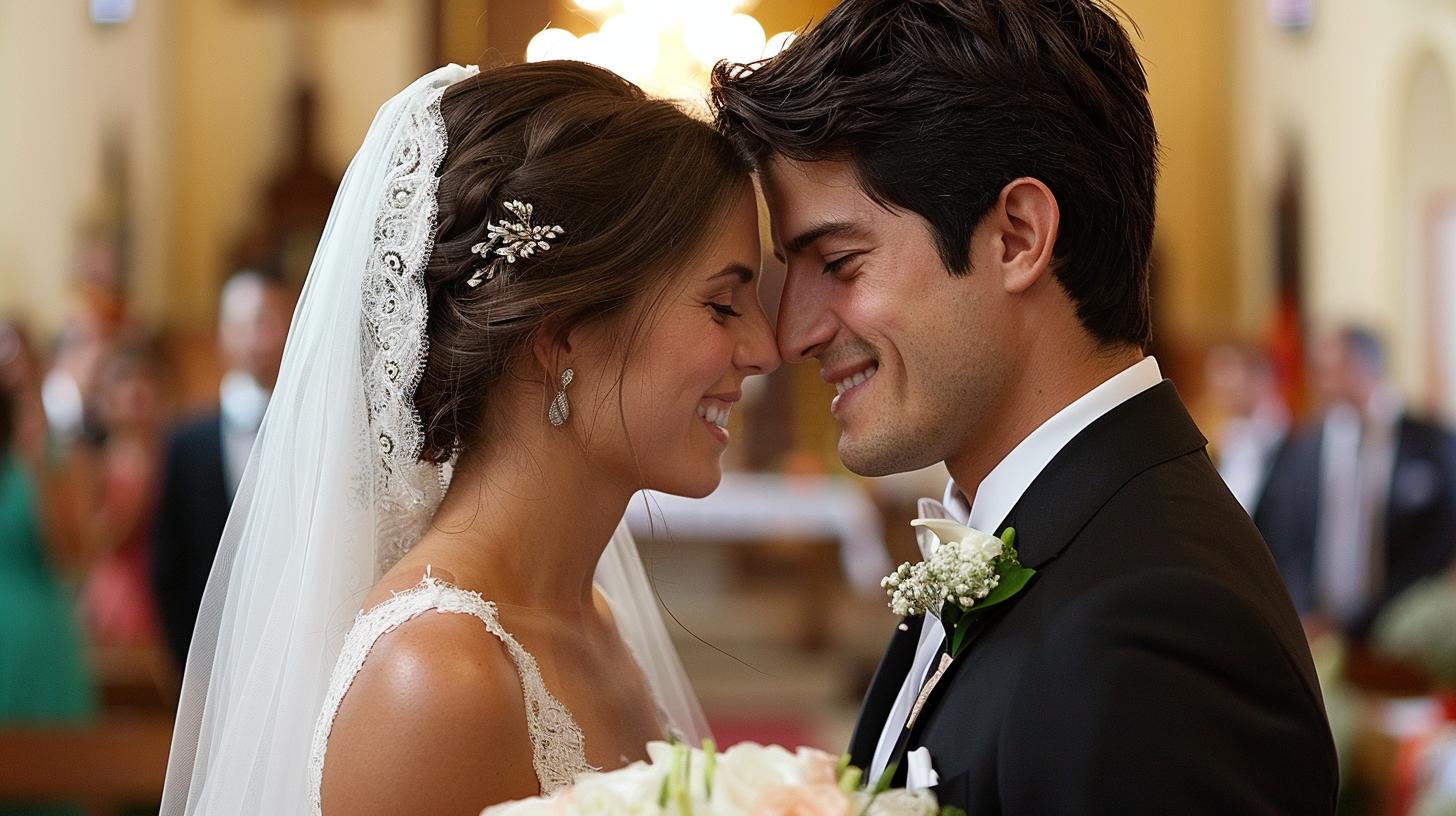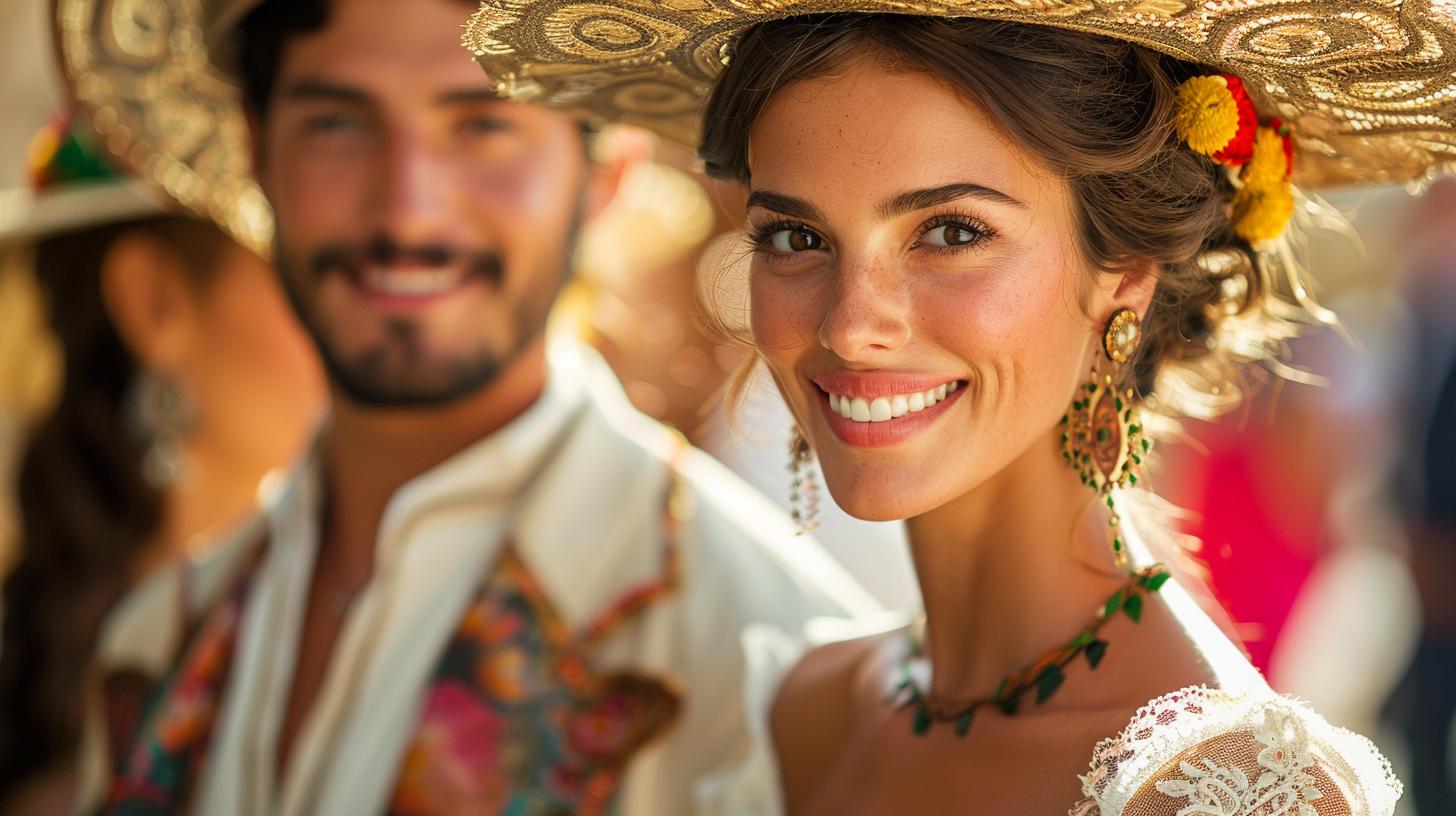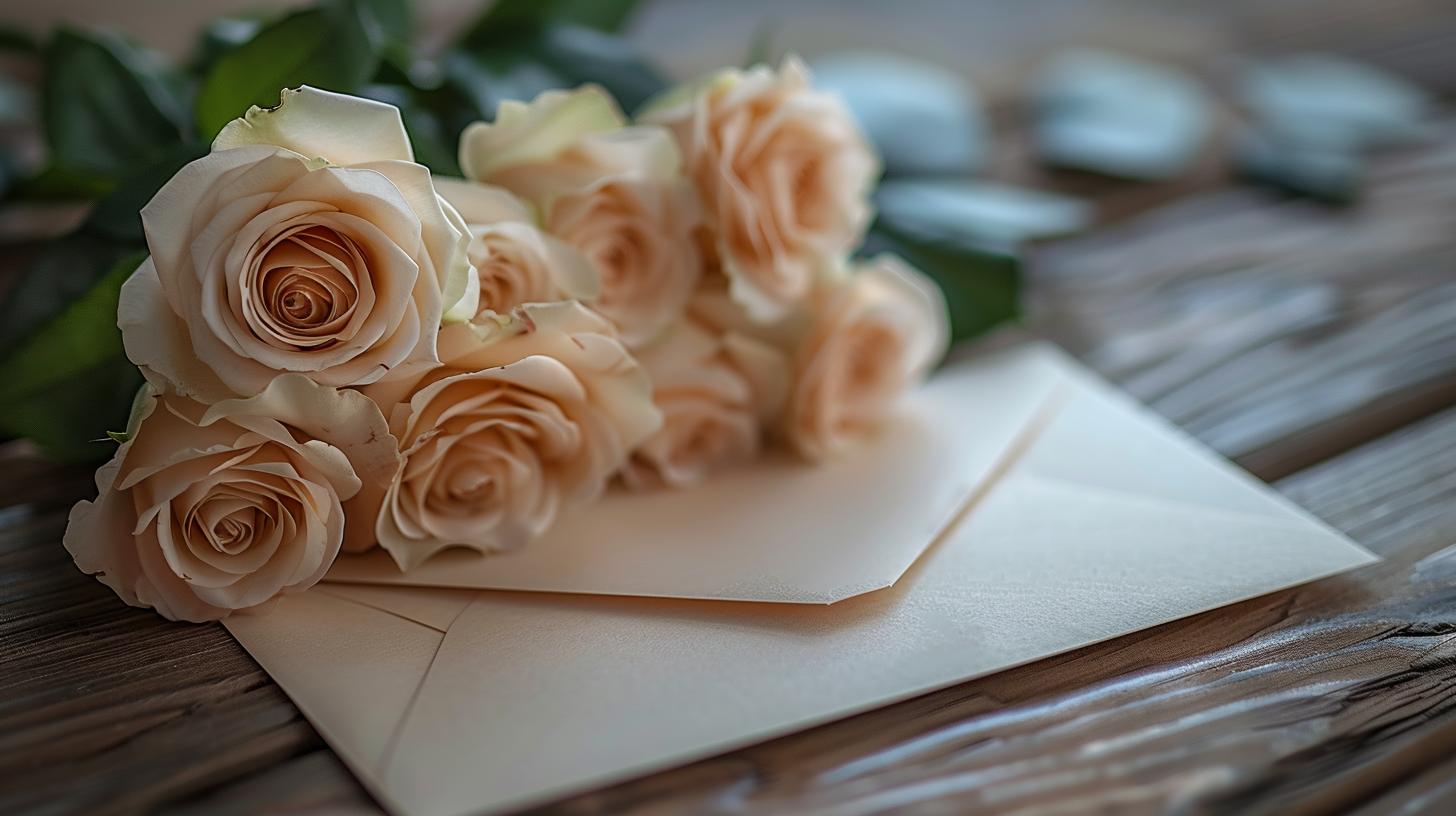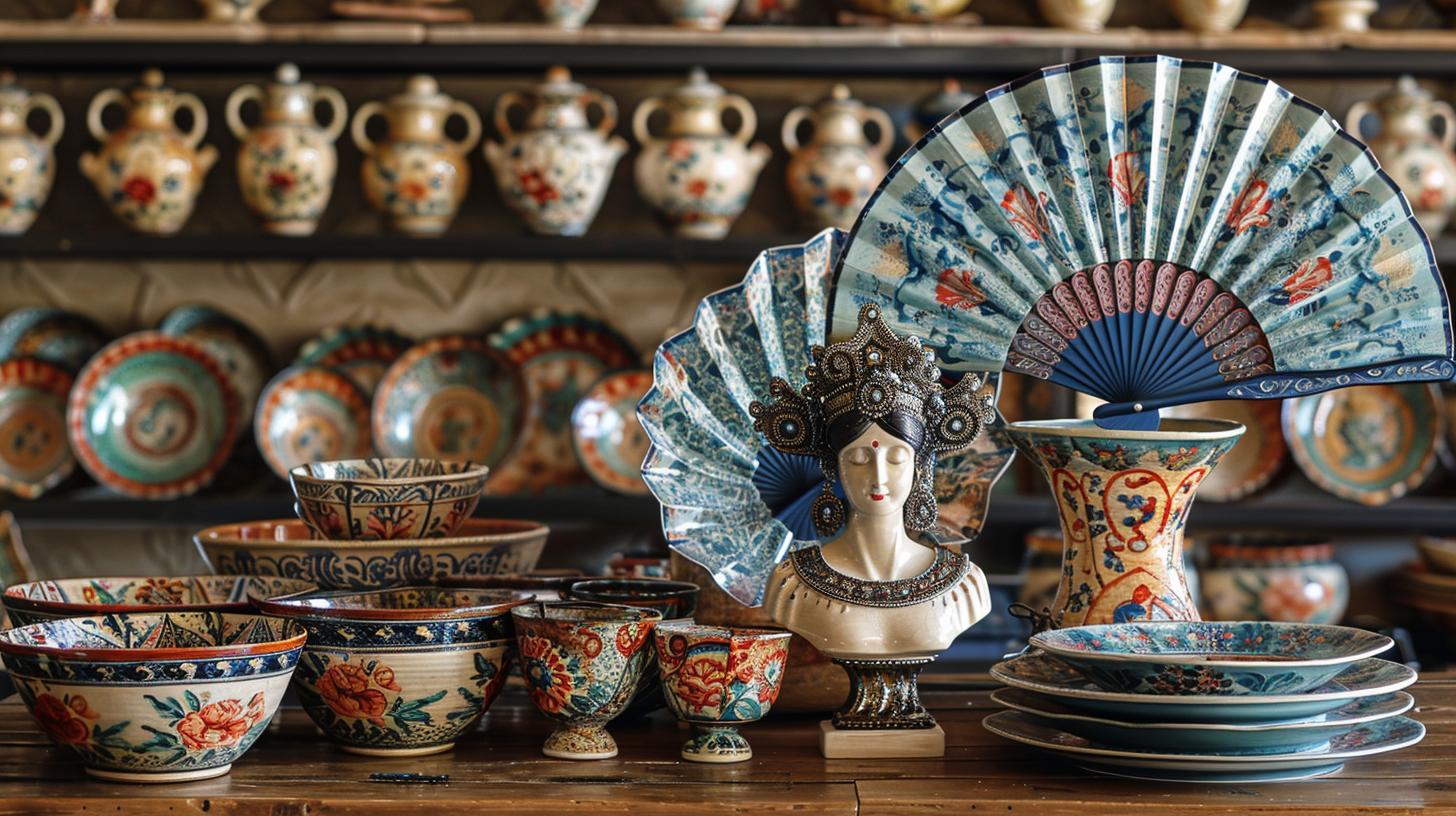What Are Weddings Like In Spain: A Colorful Celebration Of Love And Tradition
In Spain, weddings are vibrant celebrations filled with tradition and love. From the engagement to the reception, each element reflects the rich cultural heritage of the country. Traditional customs, delicious cuisine, and joyful festivities make Spanish weddings a unique and unforgettable experience.
The blend of family traditions, modern touches, and regional influences creates a one-of-a-kind celebration that truly embodies the Spanish spirit.
Preparing for a Spanish Wedding
When preparing for a Spanish wedding, there are several traditional elements and customs to consider that make the celebration truly special.
Engagement Announcement and Family Traditions
Announcing the engagement to family and friends is a significant step in the wedding preparation process. Traditionally, the father of the bride would formally request the hand of the groom from his family, symbolizing the union of the two families and the commitment to unity.
Sending Wedding Invitations and Dress Code
Wedding invitations play a crucial role in inviting loved ones to share in the joyous occasion. The invitations often detail the ceremony and reception information, along with a formal dress code request.
In Spain, appearances hold great importance, particularly on such special occasions.
Ceremony Time and Venue Choices
The timing of the wedding ceremony is carefully planned to avoid the sweltering heat of the day. Typically held in a Catholic church, symbolizing the deeply rooted Catholic traditions in Spain, although civil ceremonies are becoming increasingly popular.
Traditional Elements in a Spanish Wedding
In a Spanish wedding, traditional elements add a special touch to the celebration, reflecting the rich cultural heritage of the country.
Exchange of Coins and Symbolism
- The exchange of coins, known as ‘arras,’ symbolizes the groom’s promise to provide for the family.
- The bride accepts the coins, signifying her commitment to manage the resources wisely.
- These coins are blessed by the priest before the exchange, emphasizing the couple’s dedication to sharing their worldly goods.
The Bride’s Entrance and Attire
- The bride’s entrance is a highlight, often accompanied by her father and a procession of flower girls and ring bearers.
- She may wear a black dress, symbolizing her commitment to her groom until death, or opt for a white gown influenced by Western practices.
- Her veil, called a ‘mantilla,’ held in place by an ornamental comb, adds an elegant touch to her attire.
Unique Traditions such as the Garter Toss
- A unique tradition at Spanish weddings is the garter toss, where the groom removes the garter and throws it to the crowd.
- It is believed that the person who catches the garter will be the next to marry.
- This playful custom adds a fun and festive element to the celebration.
The Wedding Reception in Spain
After the ceremony, the wedding reception in Spain kicks off with lively dancing, joyful music, and festive celebrations that continue throughout the night.
This part of the wedding is a time where family and friends come together to toast the newlyweds’ union and share in their happiness.
Spanish Cuisine and Culinary Delights
The reception features a delightful array of Spanish culinary delights, showcasing the rich flavors and traditional dishes of the region.
One of the highlights of the wedding reception is the cutting of the wedding cake, symbolizing the couple’s union and shared future. In addition to the cake, guests indulge in sweet treats and desserts, adding a touch of sweetness to the celebration.
Post-Wedding Brunch or Lunch Gatherings
The festivities extend beyond the wedding day with post-wedding brunches or lunch gatherings. These relaxed events allow the newlyweds and their families to unwind, share memories from the wedding, and express gratitude to their guests for their presence.
Extending the Celebration
After the joyous wedding day, the celebration continues with post-wedding gatherings that allow family and friends to come together once again in a more relaxed setting. These events provide an opportunity for the newlyweds to express their gratitude and spend quality time with loved ones.
Post-Wedding Brunch or Lunch Gatherings
One common tradition in Spanish weddings is to host a post-wedding brunch or lunch the day after the main celebration. This is a more casual event where guests can share stories, enjoy delicious food, and reminisce about the special moments of the wedding day.
Continuing the Festivities with Family and Friends
Extended celebrations often include gatherings with close family and friends who may have traveled from afar to attend the wedding. These intimate moments allow for deeper connections to be formed and cherished memories to be created.
Reflecting on the Unforgettable Experience of a Spanish Wedding
As the festivities wind down, the newlyweds and their loved ones have the opportunity to reflect on the beauty and significance of the Spanish wedding experience. From the heartfelt ceremonies to the lively receptions, a Spanish wedding leaves a lasting impression on all who attend.


